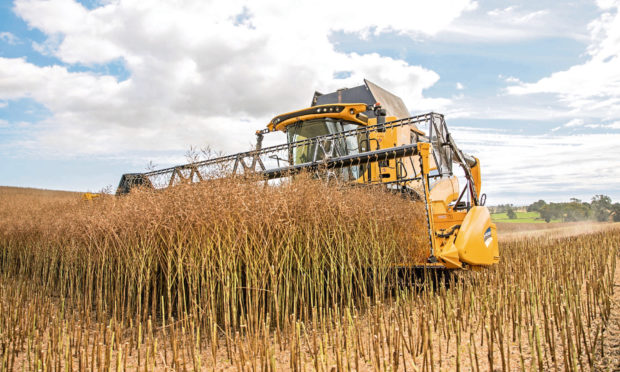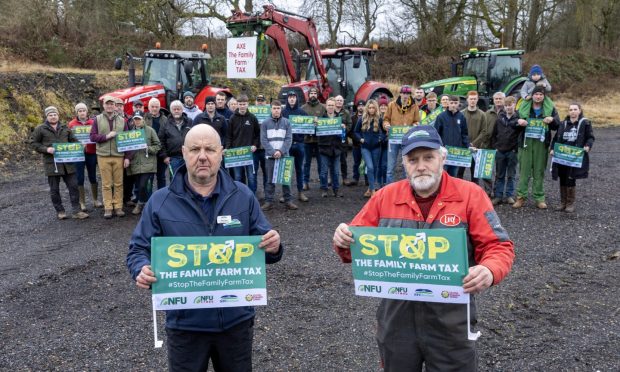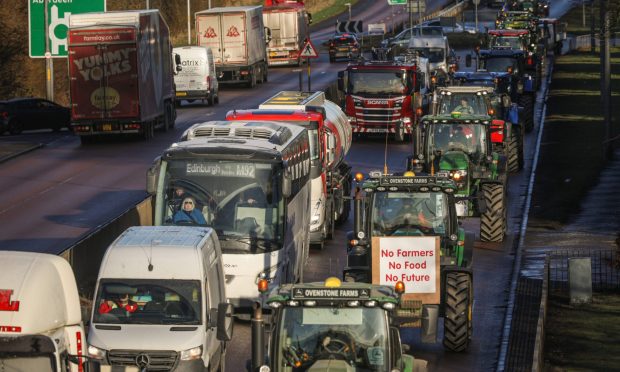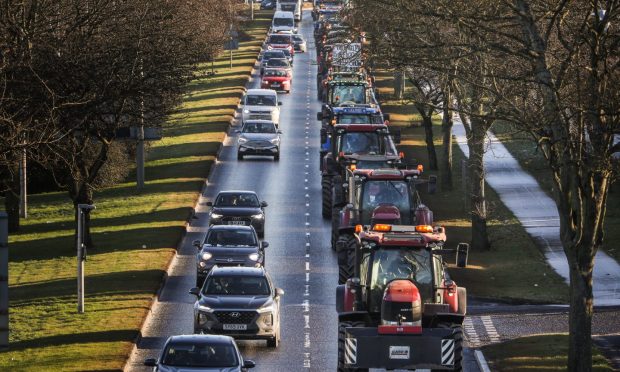Growers in the north and north-east enjoyed a better harvest this year than their peers in eastern and southern Scotland, according to new figures.
The final results from this year’s cereal and oilseed rape harvest, published yesterday by Scotland’s chief statistician, reveal the Highlands and Islands and north-east were the only regions to enjoy an increase in production and yields.
Growers in the Highlands and Islands enjoyed a 10% boost in production and a 9% increase in yields, while both production and yields were up 12% in the north-east.
Eastern Scotland and southern Scotland saw 5% decreases in production, and yield decreased by 4% in eastern Scotland and by 5% in southern Scotland.
Production and yields were down in west central Scotland; however, the statistician said these changes may not be significant as only 1% of the country’s cereals are grown in this area.
Overall, this year’s harvest resulted in the highest cereal yield and second-highest production in the past 10 years.
“Crop area was very similar to the previous year, but a 2% increase in yield resulted in a small increase in production to just over 3.1 million tonnes,” said the statistical release.
Spring barley production was up 15% to 1.772m tonnes and average yields were up 7% to 2.75 tonnes per acre, while the area sown was also up 7% on the year.
The area of winter barley grown was back 12% on the year and production was down 21% to 314,300 tonnes and average yields were down 11% to 2.95 tonnes per acre.
Wet weather in autumn 2019 resulted in a 13% decrease in the amount of wheat sown, with production down 14% to just over 800,000 tonnes with average yields of 3.48 tonnes per acre.
Oats production was up 19% to 224,300 tonnes with average yields of 2.67 tonnes per acre, and oilseed rape production was down slightly to 121,900 tonnes, while yields were up 1% to 1.6 tonnes per acre.










